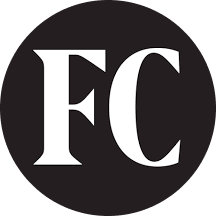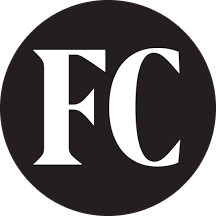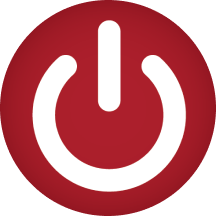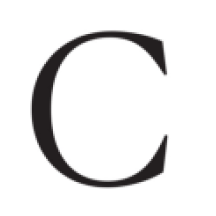In the late 1970s, a Princeton undergraduate named John Aristotle Phillips made headlines by designing an atomic bomb using only publicly available sources for his junior year research project. His goal wasn’t to build a weapon but to prove a point: that the distinction between “classified” and “unclassified” nuclear knowledge was dangerously porous.
The physicist Freeman Dyson agreed to be his adviser while explicitly stipulating that he would not provide classified information. Phillips armed himself with textbooks, declassified reports, and inquiries to companies selling dual-use equipment and materials such as explosives. Within months he had produced a design for a crude atomic bomb, demonstrating that knowledge wasn’t the real barrier to nuclear weapons. Dyson gave him an “A” and th

 Fast Company Technology
Fast Company Technology

 FOX 29 Entertainment
FOX 29 Entertainment America News
America News Fast Company Lifestyle
Fast Company Lifestyle PC World Business
PC World Business The Daily Beast
The Daily Beast The Cut
The Cut